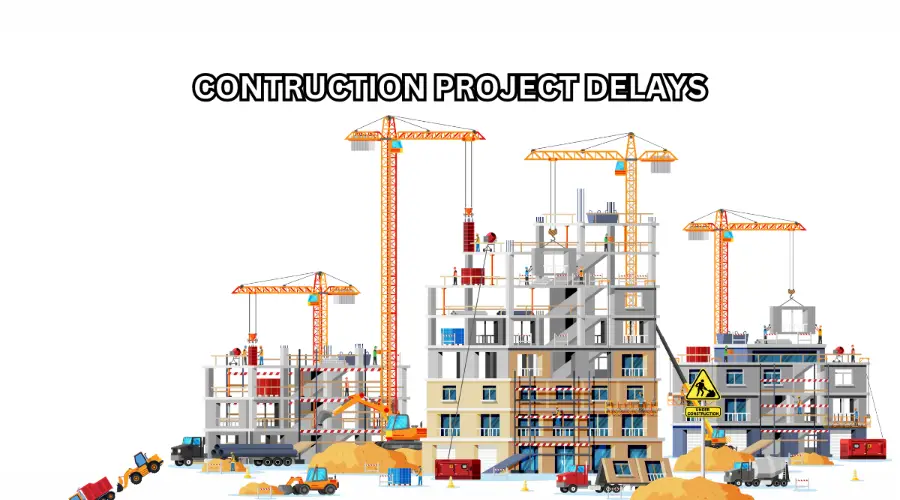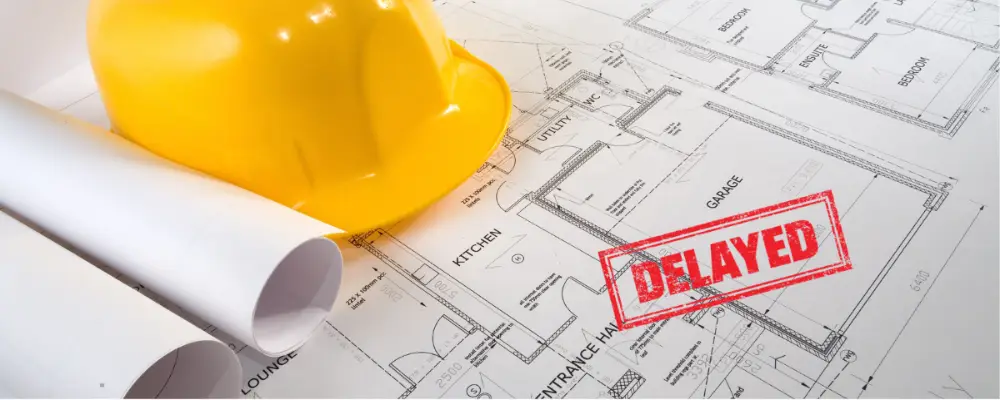Concurrent delays are a complex legal issue that plays a significant role in negatively affecting the overall completion of the project. It affects the cost, project completion time, disruption of business operations, and affecting the recognition of the project and stakeholders involved. This blog will help in understanding the legal perspectives, their impact, mitigation strategies, and other necessary information about concurrent delay.
Concurrent Delay
Concurrent delay in construction refers to two or more delays occurring at the same time, which affect the overall construction process and completion date. The delays may be independent, overlapping, or difficult to isolate due to both internal and external factors. These delays are quite common; however, they could lead to disputes between contractors, owners, and stakeholders of the project.
Legal Perspectives on Concurrent Delay
Extension of Time
If the concurrent delay is caused by the contractor, the courts generally entitle the contractor to an extension of time for the entire duration of the delay without any monetary compensation.
Responsibility for Cost Overruns
The court will analyse the costs stem, and whether the delay caused any cost overruns. If the analysis proves the contractor is the cause of the overrun, he will be required to take responsibility for those cost overruns.
Compensation for Delays
Indian courts, in some cases, grant time extensions and also charge compensation when the delays are solely attributable to the employer. This occurs when there is an imbalance of bargaining power between the parties.
Exclusion of Liquidated Damages
If the delay is caused by concurrent events, where contractors are not responsible, the liquidated damages may be excluded.
Analysing Concurrent Delays
Critical Path Method (CPM)
Critical Path Method (CPM) is a powerful project management tool that is used to schedule, manage, and analyse the timing and sequence of the tasks. It will help to understand and identify the concurrent delays and their impact on the overall completion. It is easy to interpret the dependencies, how different delays coincide, and how they affect the overall project efficiency.
Contemporaneous Analysis
Performing contemporaneous analysis will help in evaluating the project schedules and identifying the real-time data rather than relying on retrospective assessments. The real-time analysis helps in identifying how the delays affect project timelines and enables stakeholders to make informed decisions related to extensions and damages.
But-For Test
The but-for test is an important method in determining the context of concurrent delays in construction. It provides detailed information about the delays and their impact on the completion of the overall project. It helps in clarifying entitlements to extensions of time and compensation.
Impact on Project Outcomes
Project Delays

The most unavoidable impact caused by concurrent delays is delaying the scheduled sequence of activities. This could lead to inefficiency and an increase in the project duration for a longer time than originally planned.
Financial Implications
Concurrent delays could lead to numerous financial risk in terms of ongoing labour, equipment, and material costs. If the contractor is responsible for liquidated damages, he might be liable to pay penalties to the owner. If the delayed claims reach legal proceedings, the legal costs could also have a significant impact, increasing the project expenses.
Disruption of Business Operations
In some cases, the delayed completion of the project could affect business operations leading to a loss of revenue, loss of customers or tenants, and overall decline in the reputation of the project. This could affect both the owner and the contractor, leading to disruption in future collaborations.
Legal Disputes
The occurrence of concurrent delays could lead to potential disputes between contractors and owners. The legal disputes could involve determining the responsibilities, lengthy legal battles, and increasing the costs.
Strategies to Manage and Mitigate Concurrent Delays
Proactive Risk Management
Conducting a comprehensive risk assessment plan, concurrent delays can be mitigated in the early stages. Mitigation plans such as allocating time and resources in the project schedule to balance the potential delays should be explored. Exploring alternative suppliers or subcontractors for efficient material and equipment supply and planning transparent communication protocols with the stakeholders for timely completion and notification of potential delays are also essential.
Effective Communication
Maintaining open and consistent communication among all the stakeholders through regular project meetings for early notification of delays and encouraging collaborative problem-solving will help in addressing potential challenges and providing mutually beneficial solutions.
Detailed Documentation
Maintaining detailed records for all the project-related activities, delays, and communications, with supporting evidence, is essential. Keeping a record of daily logs such as delays, weather conditions, and changes in schedules can help in identifying the reason and stakeholder responsible.
Contractual Provisions
Clearly defining the concurrent delay clauses and how they will be handled in the contract is vital. The contract can include provisions for time extensions, financial penalties, apportionment of responsibilities, and an early dispute resolution mechanism.
Utilising Technology
Using modern technologies such as scheduling software and document management systems can help in tracking progress, identifying potential delays, maintaining project documents, and simulating the impact of different scenarios.
Expert Assistance
If there are any complex issues regarding the concurrent delay, consulting expert construction professionals such as project managers and attorneys provide effective guidance and mitigation advice.
Conclusion
In summary, concurrent delay is a major challenge in the construction process, that is caused by multiple delaying events occurring simultaneously. It is crucial to identify the reason behind the delays and the stakeholders responsible for it, making it complex. It affects the overall effectiveness of the project and could lead to disputes, costly penalties, and spoiling the reputation. However, using proper strategies and analysing techniques can help to manage and mitigate the risks involved.

